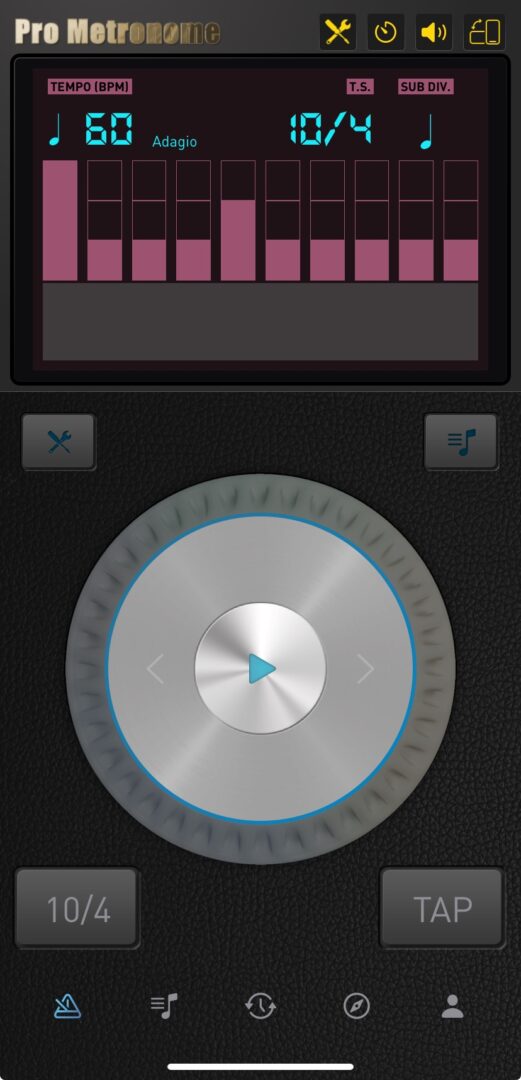Choosing to be apolitical is often seen as a neutral or passive stance, but in reality, it is a political act with significant consequences. Every society operates within a structure of power, laws, and cultural norms, and refusing to engage with these systems does not make them disappear. Instead, it allows the existing structures—whether just or unjust—to persist unchallenged. In this way, apathy is not a withdrawal from politics but an implicit endorsement of the status quo. As the saying goes, “The only thing necessary for the triumph of evil is for good men to do nothing.” By choosing not to participate, one surrenders decision-making to those who are most active, whether they be visionaries or oppressors.
Throughout history, it has been the inaction of those who could have acted, the indifference of those who should have known better, the silence of the voice of justice when it mattered most, that has made it possible for evil to triumph.
Haile Selassie (Speech to the United Nations, 1963)
Moreover, in societies where injustice exists, silence and inaction function as forms of compliance. When individuals refrain from voting, speaking out, or advocating for change, they create space for the most dominant voices—often those with power, wealth, or coercive influence—to dictate the direction of society.
In a world where authoritarian tendencies, corporate interests, and social inequalities shape policy, choosing to be apolitical is effectively choosing to let these forces act unchecked. It is a surrender not just to the status quo, but to the strongest and most aggressive players within it. It favours the bullies.
Some may argue that they avoid politics to maintain peace of mind or focus on personal matters, but even this is a political position. It reflects a belief—whether conscious or not—that one’s personal well-being is separate from the collective struggles of a society. However, policies affect everything from education and healthcare to employment and civil rights. To ignore them is to risk being blindsided by changes that impact one’s life and the lives of others.
Ultimately, the choice to be apolitical is not an escape from politics but a decision to let others determine the future—often those with the most self-serving agendas. In this sense, inaction is not neutrality; it is an act of surrender.
Here are twelve quotes from diverse thinkers, activists, and leaders that support the idea that being apolitical is, in itself, a political act:
1. Paulo Freire (1921–1997, Brazil, educator and philosopher)
“Washing one’s hands of the conflict between the powerful and the powerless means to side with the powerful, not to be neutral.” (Pedagogy of the Oppressed, 1968)
2. Dr. Martin Luther King Jr. (1929–1968, USA, civil rights leader)
“He who passively accepts evil is as much involved in it as he who helps to perpetrate it. He who accepts evil without protesting against it is really cooperating with it.” (Stride Toward Freedom, 1958)
3. Desmond Tutu (1931–2021, South Africa, anti-apartheid activist and cleric)
“If you are neutral in situations of injustice, you have chosen the side of the oppressor.”
4. Elie Wiesel (1928–2016, Romania/USA, Holocaust survivor and writer)
“We must always take sides. Neutrality helps the oppressor, never the victim. Silence encourages the tormentor, never the tormented.” (Nobel Peace Prize speech, 1986)
5. Alice Walker (b. 1944, USA, author and activist)
“Activism is the rent I pay for living on this planet.”
6. Angela Davis (b. 1944, USA, political activist and scholar)
“In a racist society, it is not enough to be non-racist. We must be anti-racist.”
7. Simone de Beauvoir (1908–1986, France, philosopher and feminist)
“Change your life today. Don’t gamble on the future, act now, without delay.”
8. Pericles (c. 495–429 BCE, Greece, Athenian statesman)
“Just because you do not take an interest in politics doesn’t mean politics won’t take an interest in you.”
9. Haile Selassie (1892–1975, Ethiopia, Emperor and anti-colonial leader)
“Throughout history, it has been the inaction of those who could have acted, the indifference of those who should have known better, the silence of the voice of justice when it mattered most, that has made it possible for evil to triumph.” (Speech to the United Nations, 1963)
10. Toni Morrison (1931–2019, USA, author and Nobel laureate)
“The function of freedom is to free someone else.” (Commencement speech at Barnard College, 1979)
11. Howard Zinn (1922–2010, USA, historian and activist)
“You can’t be neutral on a moving train.” (Book title, 1994)
12. Arundhati Roy (b. 1961, India, writer and activist)
“The only thing worth globalizing is dissent.”
These quotes collectively highlight the idea that inaction, neutrality, or apathy in the face of injustice and power structures is itself a political choice—one that ultimately benefits the oppressor over the oppressed.
§

